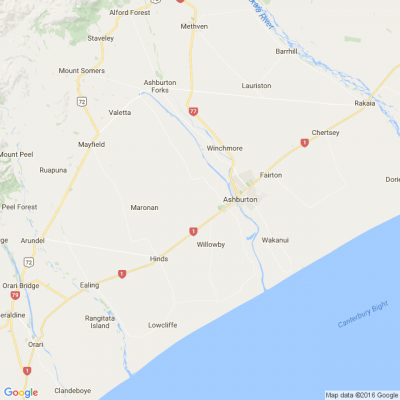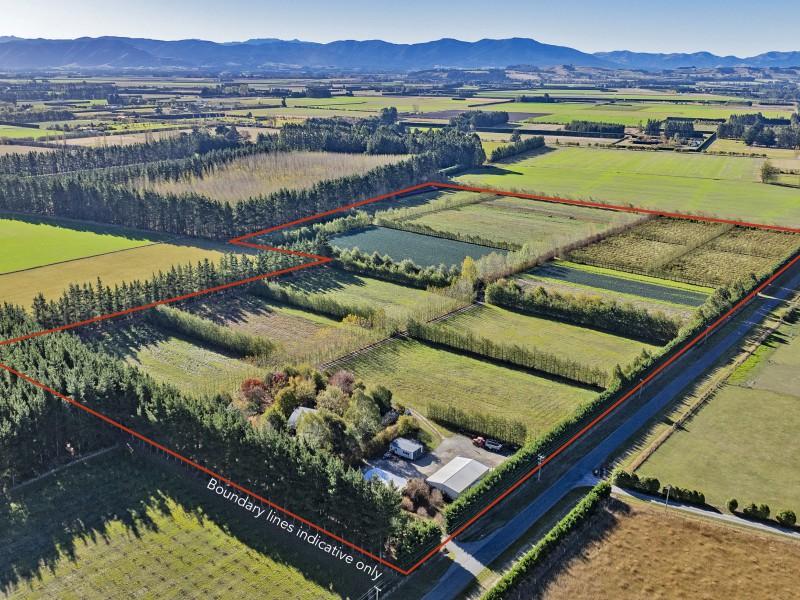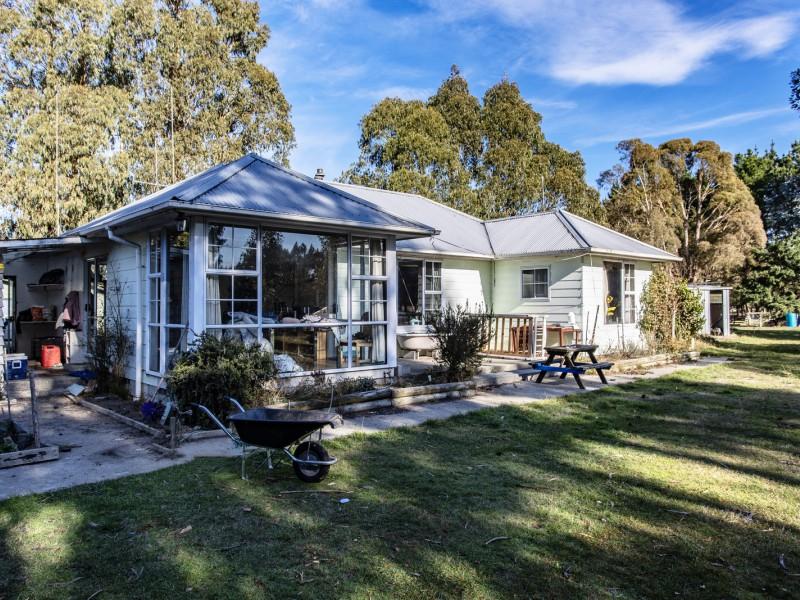Illegal dumping costs Ashburton ratepayers up to $15k a year
By local democracy reporter Jonathan Leask:
Illegal dumping continues to hit ratepayers in the pocket, with volunteers sending a message to the culprits: "Don't be a tosser."
Ashburton District Council paid $13,000 to clean up illegal dumping in 2022-23, and from June to September the bill has tallied $1700, infrastructure and open spaces group manager Neil McCann said.
“The first three months are trending slightly lower than usual. Annually the cost usually falls somewhere between $10,000 and $15,000."
The cost of disposal and council staff investigation time is not included in the price.
One offender was found and issued a fine of $400, he said.
The cost for the council did not take into account the work of Litter-Free Ashburton, McCann said.
The local volunteering group did monthly litter pickups around Ashburton, and most of what they picked up was illegally dumped material, McCann said.
The volunteers, a group of about 16 mostly retired people, meet on the second Thursday of every month and target trouble spots around Ashburton.
Litter-Free Ashburton spokesperson Bev Skates said the group usually collected about 20 bags of rubbish, ranging from common household rubbish to the bedding, tyres, pallets, carpet, furniture and other large items.
“People are just too lazy to go to the dump,” Skates said.
Once the litter is bagged and piled up at a location, the council organises its collection.
The council supplied hi-vis vests and tools to help the group, Skates said, and it also cut back tree branches to reduce illegal dumping.
One of the worst hit areas was North Park Reserve, the strip of land along State Highway 1 at the northern end of town, Skates said.
Rubbish was found all along the stretch of the highway from people throwing items out of their vehicles on their way out of town, she said.
“We don’t want tossers.”
Rather than adding more rubbish bins, people needed to use the available one and have some social responsibility, she said.
A recent council report highlighted that illegal dumping is prevalent around Melrose Rd, which leads to the Ashburton/Hakatere River, and Alford Forest Rd on the western edge of Ashburton.
Elizabeth Ave is the trouble spot in Rakaia, with illegal dumping occurring at the edge of town near the Rakaia Domain.
Methven had no reports of illegal dumping in September, but the report stated there had been an increase in dumping at the Methven recycling facility.

Last chance for tickets!
Don’t miss out! For only $15 a ticket, you could be in to win this brand-new, fully furnished Jennian home located in gorgeous Papamoa, worth just over $1.1 million.
Featuring three bedrooms, two bathrooms and an open-plan kitchen, living and dining area, this home is waiting to be loved by its new owner.
Make this property your permanent residence, a holiday home, rent it or even sell it! Get your tickets today at heartlottery.org.nz.

Could the jury service process be improved?
Every year, thousands of New Zealanders are called up to serve as jurors in the High and District Courts, and it's an important way to contribute to your country.
But for some, jury service can be a huge disruption and a financial burden. Do you think changes could be made to our jury service system to address these challenges?

Canterbury ratepayers face 17.9% rates hike
By David Hill, Local Democracy Reporter
Canterbury households are facing a lower than expected rates rise after the regional council found savings, including delaying some transport projects.
After two days of deliberations last week, Environment Canterbury pulled back its proposed average rates rise from 24.2% to 17.9%.
Acting chairperson Craig Pauling said there were some tense negotiations, but he was pleased with the outcome.
The councillors voted on 15 main resolutions, with several resulting in close division among the 16 councillors, he said.
‘‘Even though it was tense throughout, there was good support at the end and people felt there was some good give and take in the room,’’ Pauling said.
‘‘The feeling in the room was, ‘we have done all we could have’.’’
More than 1300 submissions were received on the draft long-term plan, with 153 making oral presentations during the hearings, which were held over four days.
‘‘We tested the water with some bold options in our consultation and the response demonstrated there were mixed views, with some saying we needed to deliver more, while others identified we could make savings or prioritise work,’’ Pauling said.
Savings were made by delaying some of the proposed public transport projects, including delaying work on a mass transit business case until year 2 and postponing bus route improvement work until year three.
‘‘It makes sense to delay this work so we have a better idea of where the Government and Waka Kotahi (NZ Transport Agency) are heading,’’ Pauling said.
‘‘Some councillors thought we should be more cautious, but if we don’t put it in the plan, we don’t get anything from Waka Kotahi.’’
About three-quarters of submissions supported the council increasing its spending on ‘‘river resilience’’, including flood protection, and pest and weed control.
The council is proposing to invest $25 million a year, over the next 10 years, to boost flood protection.
There was strong support for a district-wide rate for river resilience in Selwyn, and the council was considering similar options from the Ashley Rakahuri River and other rivers in South Canterbury.
Pauling said it would need support from the community, local councils and ultimately central Government.
‘‘Over the last five years we have been getting more and more requests for how we might move forward in addressing our rivers.
‘‘It is recognition that rivers are important to everybody.’’
He said river resilience was a national issue, as disruption to bridges on major routes could affect the whole country.
‘‘Room for rivers’’ was an important conversation and could be achieved by buying land, such as Environment Canterbury buying land beside the Ashburton River.
Another example was the Waimakariri District Council’s land purchase on Lineside Rd, beside the Cam Ruataniwha River.
‘‘By acquiring the land we can do something great for the community,’’ Pauling said.
Council staff will now finalise the long-term plan before it is audited by Audit New Zealand and adopted by councillors on June 26.
■ LDR is local body journalism co-funded by RNZ and NZ On Air.







 Loading…
Loading…





















